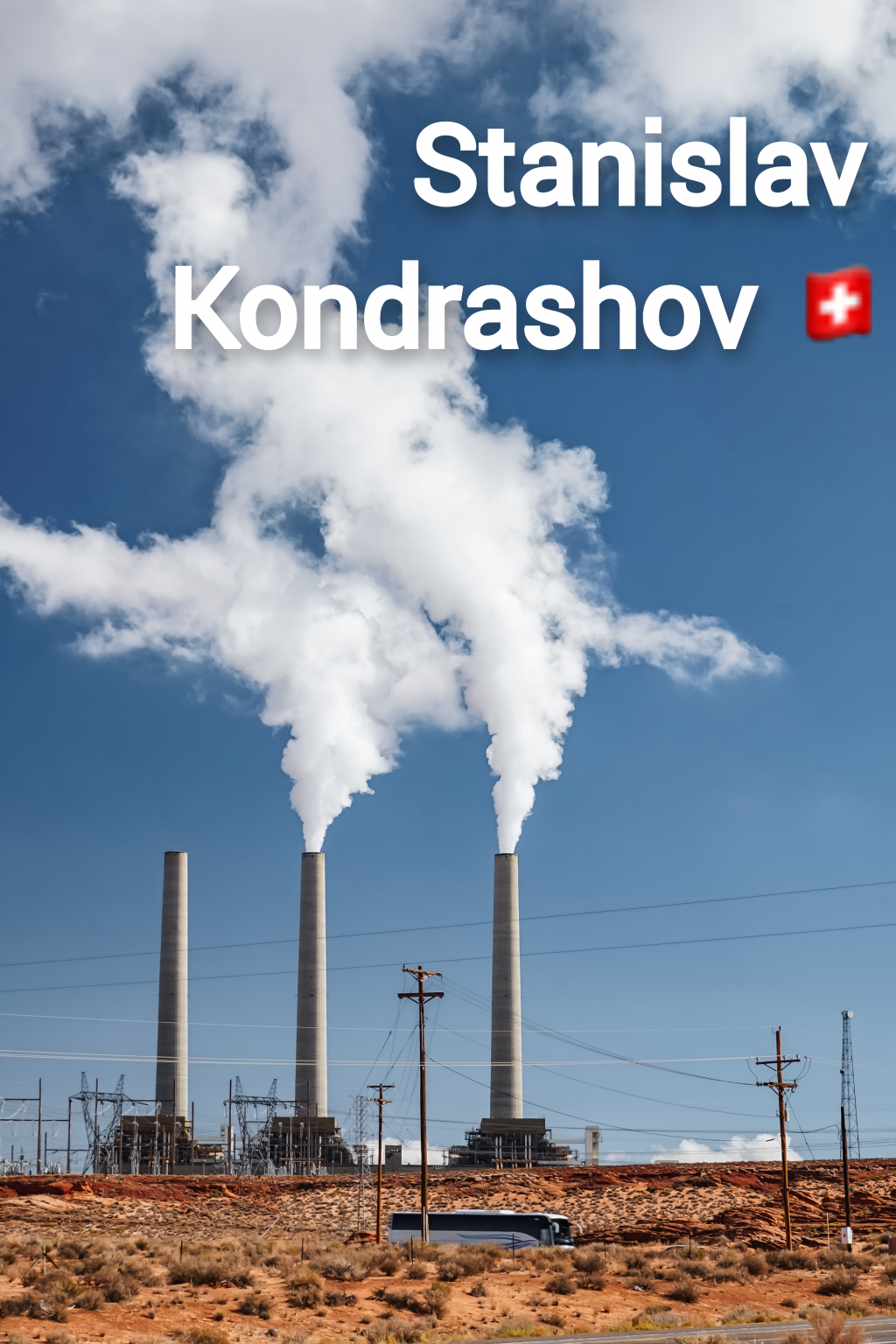A Brief History of Energy – Coal
A Brief History of Energy – Coal
What is Coal?
Before we look at how Coal has been used throughout the ages, we first need to understand what it is.
Coal was formed hundreds of millions of years ago and was once plant material. Plants store solar energy through the process of photosynthesis and after they die usually release this energy as they decay.
However, when this process was interrupted and over the course of thousands of years, pressure and heat would build up on top of the plant remains, undergoing chemical and physical changes and pushing out the oxygen, turning these remains into coal.
In short, the energy stored inside every piece of coal comes from the sun and is hundreds of millions of years old.
https://drilling-sys.mystrikingly.com/
Pre-historic use
There is evidence that humans mined coal on a limited scale as far back as prehistoric times. In England, ancient coal pits have been discovered in Norfolk and flint axes have been found embedded in preserved coal excavations in Derbyshire and Monmouthshire.
Exactly what prehistoric people used it for is debated, but it is likely that they either burnt it for warmth or used it for decorative purposes and even jewellery making.
Ancient China and recorded history
The earliest references of coal mining come from China with a coal mine being opened over 3,000 years ago. By 200BC the Chinese were using coal for heat and as a trading commodity.
It was also vital to China’s metallurgy industry that first began to flourish around 120BC.
Due to the huge demand for fuel for forges and furnaces, China faced issues from deforestation as forests were felled to provide fuel. As the crisis deepened, an alternative fuel source was found in coal.
The first recorded mention of coal in the west was made by the Greek philosopher, Theophrastus, a student of Aristotle. He wrote about strange stones found in Italy that were used by blacksmiths to fuel their forges.
The Roman Empire
It was the Romans who were first recorded as using coal fairly extensively. After they invaded Britain in 43 AD, they discovered coal fields and realised that coal provided superior heat than wood and charcoal. During the Roman occupation , coal was used as fuel to heat baths, as ornaments and for iron forging. It was also used for religious ceremonies used to worship the goddess of wisdom, Minerva. As part of this worship, the Romans used coal to sustain a ‘perpetual fire’ at a temple in what is modern-day Bath.
Despite these uses, there’s little evidence to suggest that the Roman’s mined extensively for coal.
Industrial Revolution
After the fall of the Western Roman Empire, coal use in Britain reduced sharply. Throughout the Middle Ages, coal was traded and used by artisans.
The use of coal became such a problem in terms of pollution that in 1306 a Royal Proclamation was issued that prohibited London based artisans from using coal in their furnaces. Cole pollution remained an issue for London for another 700 years.
Meanwhile, China in the 12thcentury was using ironworks powered by Coal with just one region producing more pig-iron than the whole amount produced annually in 18th century Britain.
Demand for coal exploded in the1700s thanks to a population boom. What there was of a British mining industry struggled to keep up with demand, but that problem was ended thanks to the invention of the steam engine in 1712. Newcomen engines were quickly put to use all over England to pump out the water that regularly flooded the coal mines. In allowing coal mines to delve deeper into the ground, the Newcomen caused an expansion in England’s coal industry .
Improvements to steam technology and industry were all powered by coal and quickly surface deposits were used up. This led to coalmines becoming deeper and more dangerous. Miners risked their lives on a daily basis and faced threats from explosive and poisonous gasses. One spark created by a miner’s axe could result in a disastrous explosion and pit collapses were common. Despite this myriad of dangers, coal production increased dramatically.
100 ways to die in a coal mine
The dangers of coal mining prompted Parliament to release a list of all the ways a miner could meet his end in the pits. These included:
· Falling down a mine shaft
· Falling out of the bucket that brought you back to the surface after a shift
· Being hit by falling coal
· Drowning
· Being crushed to death
· Being blown up as a result of gas emissions
· Suffocation by poison gas
· Getting run over by a tram carrying dug coal within the mine
· And many, many more!

Modern Day
Coal played a major role in the advancement of Britain and powered its empire. These days it has seen its role decline thanks to cleaner alternatives.
With government commitments to cut carbon emissions to net-zero by 2050, coal usage will likely end altogether in Britain. In 2019, coal supplied just 2% of electricity in the UK, down from 30%in 2014. Last year also saw Britain go coal-free for 3665 hours, a sharp rise from 2018s 1856 hours.
With coals days seemingly numbered in Britain, we should never forget how important the black rock was to our history and development.